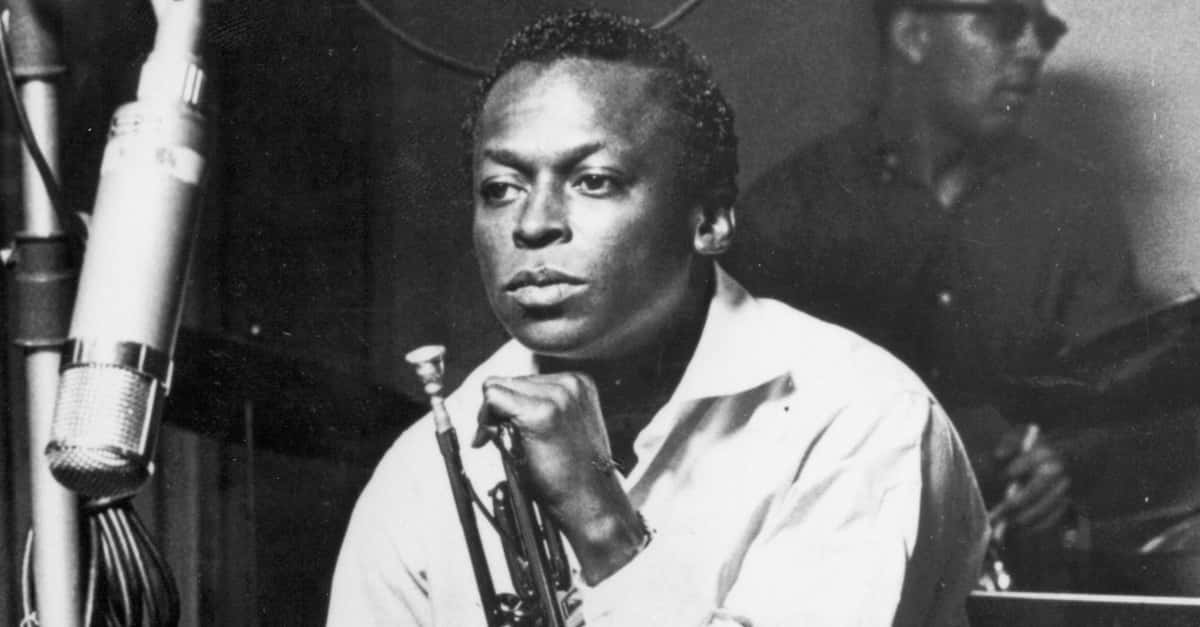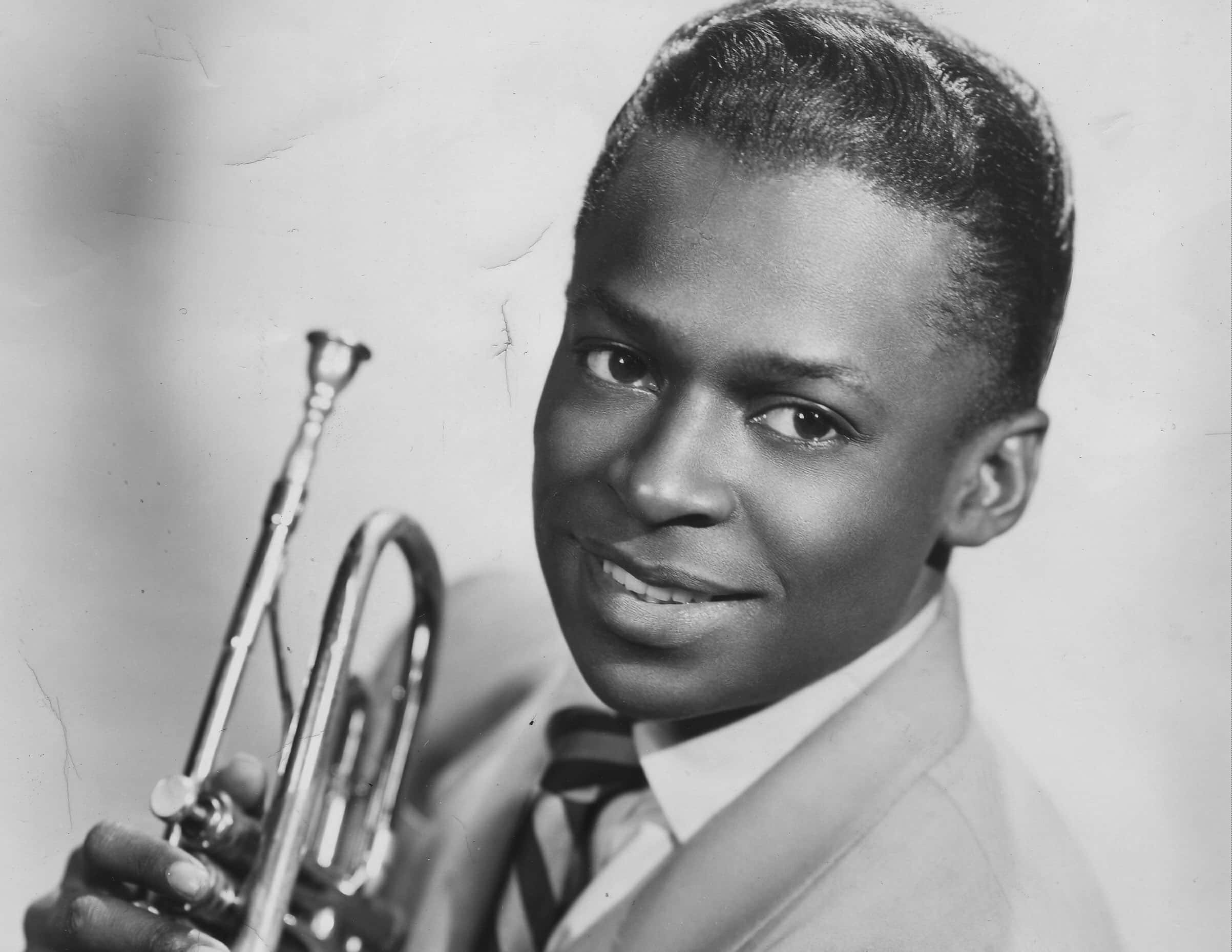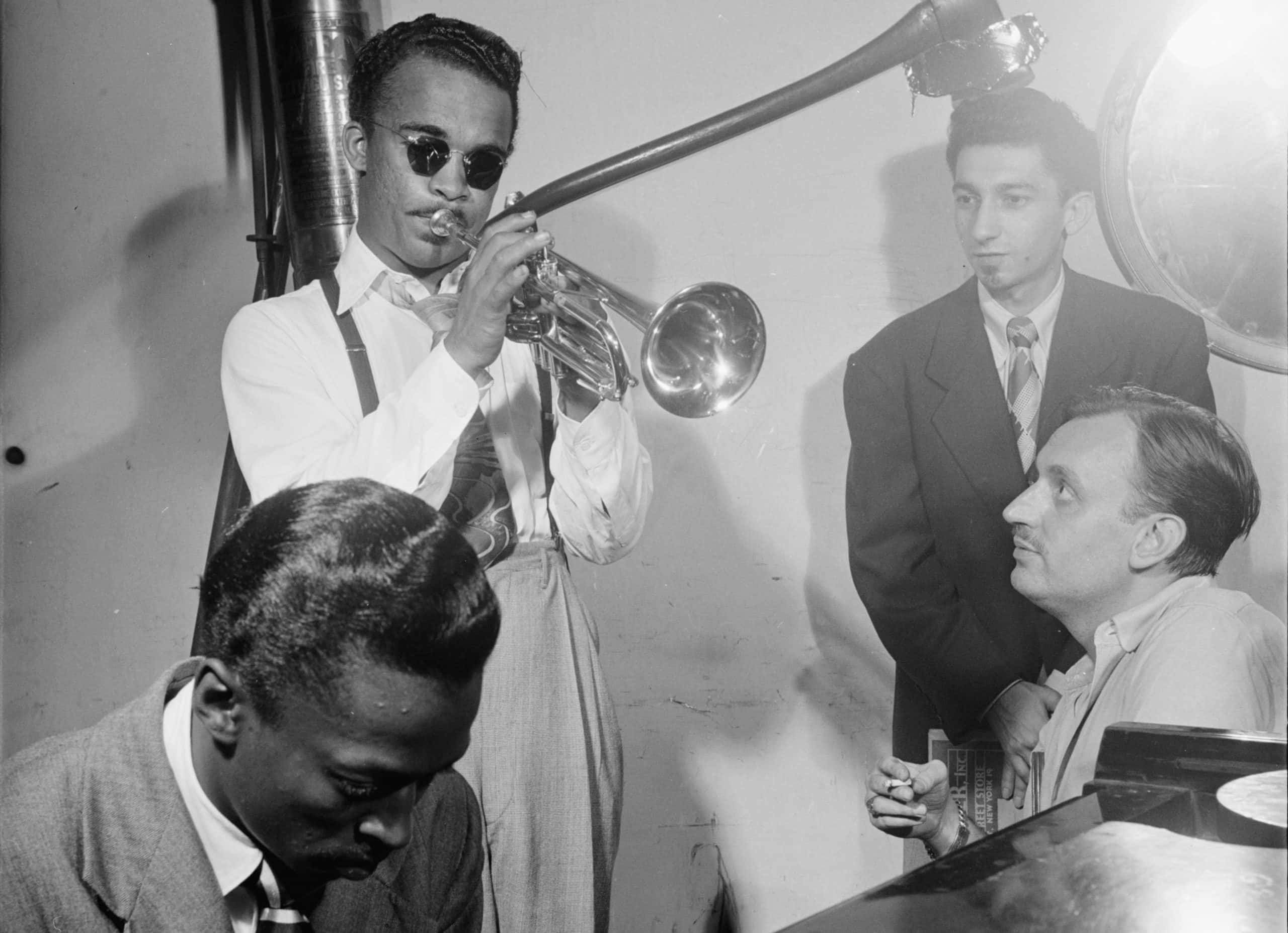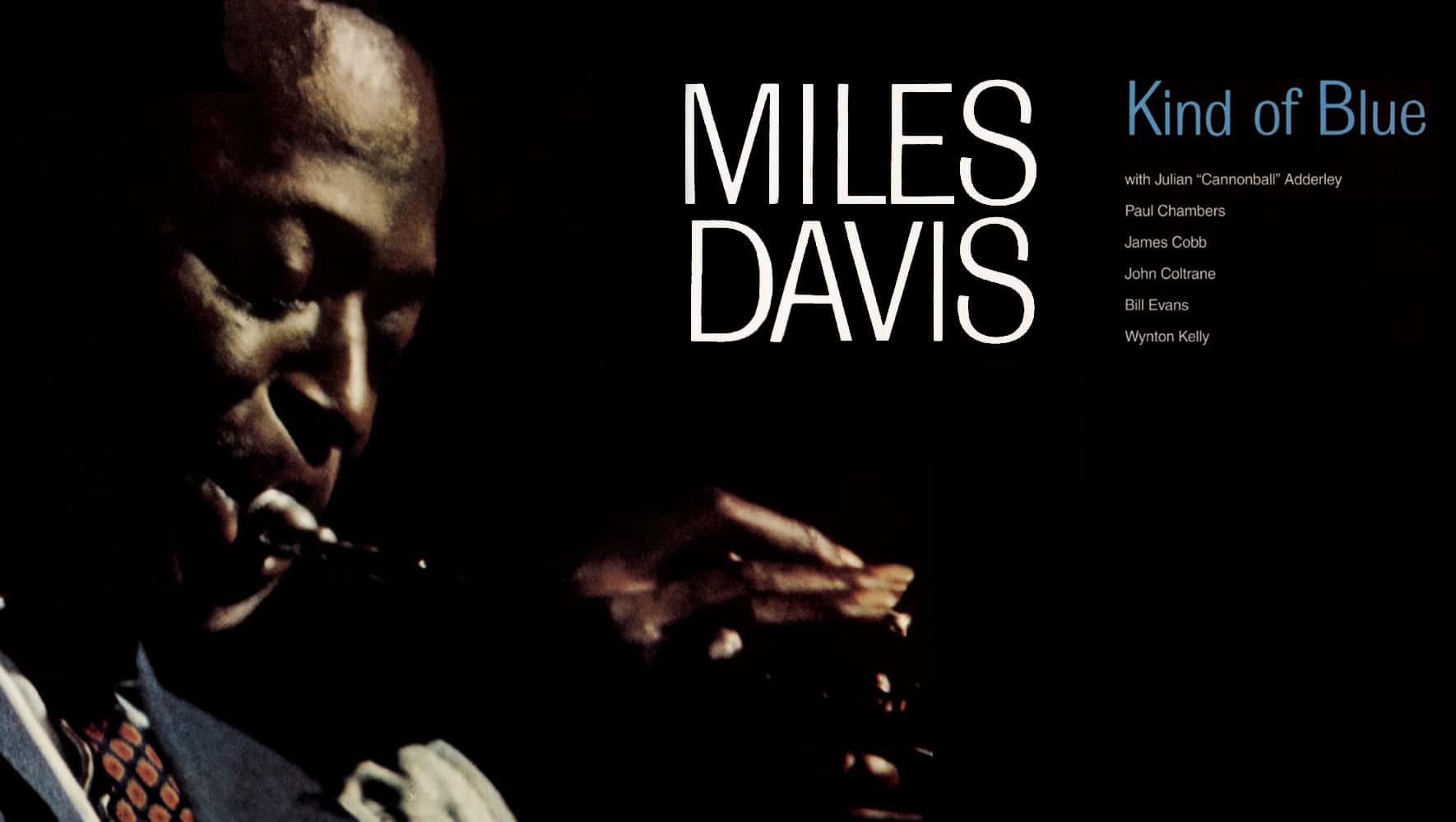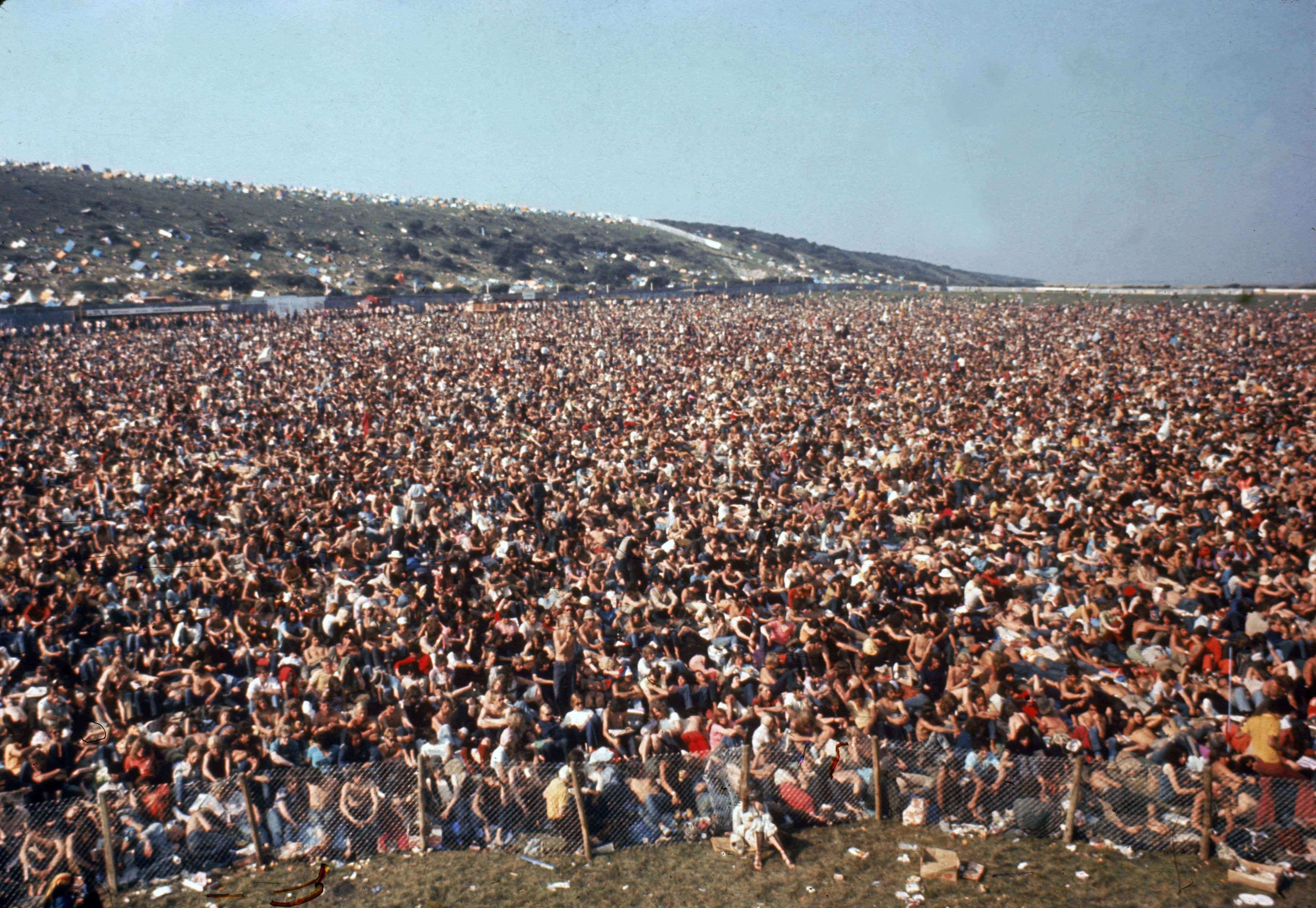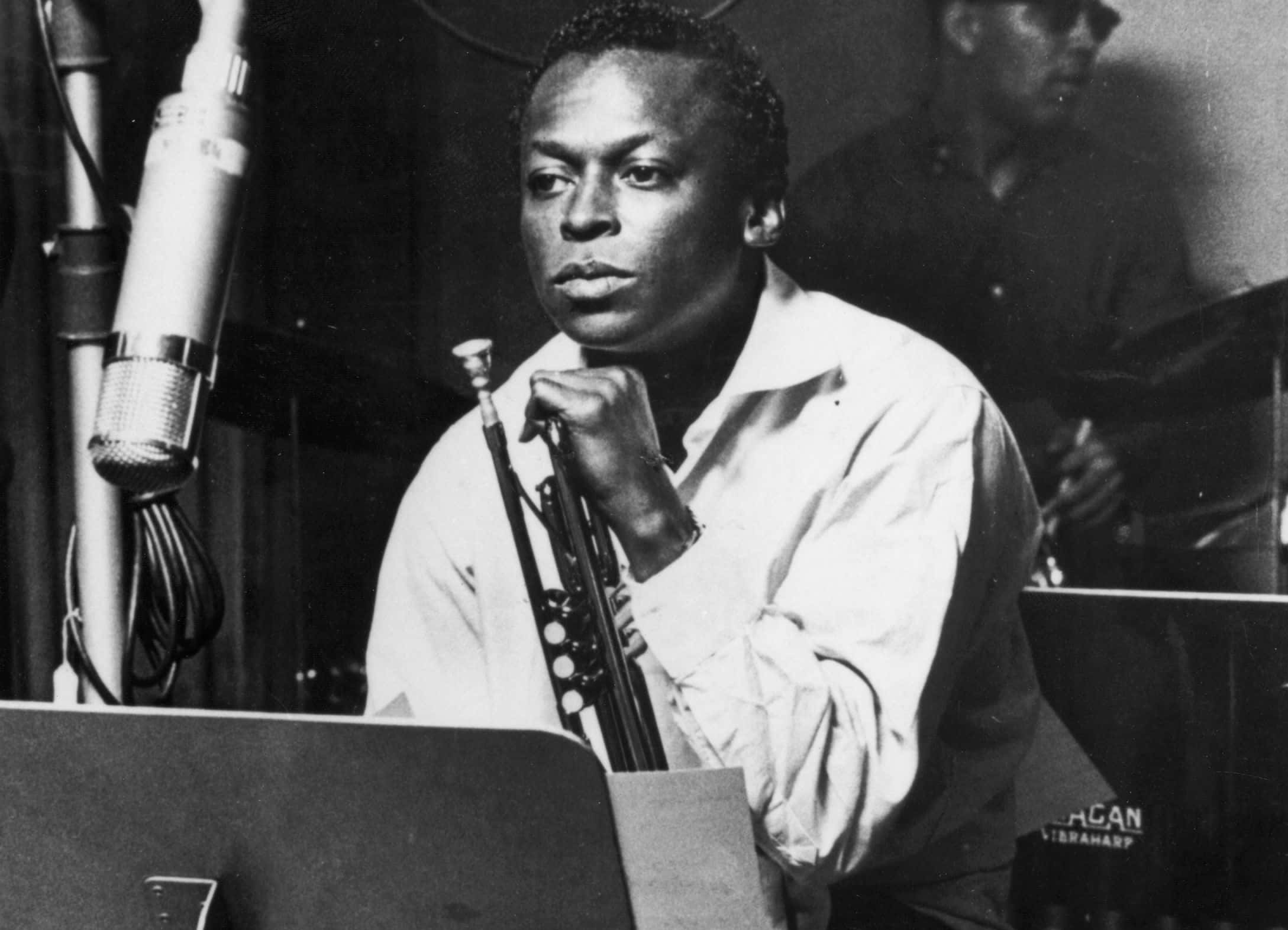You know you’ve made an impact when Rolling Stone calls you “the most revered jazz trumpeter of all time, not to mention one of the most important musicians of the 20th century". Miles Davis isn’t as well known today, but his impact on American music is impossible to doubt. His career lasted for decades, enduring despite several obstacles in his path. Here are 43 facts about Miles Davis, his career highlights, the obstacles he overcame, and so much more.
1. The Beginning
Davis was born on May 26, 1926 in Alton, Illinois. His father worked as a dentist and his mother was a music instructor. Davis was actually born Miles Dewey Davis III, with an older sister named Dorothy Mae and a younger brother named Vernon.

2. The Strings Vs the Brass
Davis’ first music teacher was a man named Elwood Buchanan. Buchanan knew Davis through his father, who was Buchanan’s dentist. Buchanan began teaching Davis how to play the trumpet. While Davis’ father supported these lessons, Davis’ mother took umbrage at the choice of instrument—she had wanted Davis to learn the violin.
3. Living Large
Unlike many famous black musicians around this time, Davis grew up with a very affluent background. His first home was on a 200-acre estate in Arkansas, where he and his siblings’ pastimes included horseback riding and hunting.
4. Oh, the Teenage Drama
As a teenager, Davis began entering music competitions at East St. Louis Lincoln High School. He did this with the encouragement of his then-girlfriend at the time, Irene Birth, who coincidentally became the mother of his first child just after they graduated high school.
5. Mama Knows Best
Speaking of high school, Davis had to be forced to graduate by his mother. When Tiny Bradshaw was in town, Davis got the idea to join his band, based on his own established musical talents. However, his mother put her foot down on that front, insisting that he finish his education first. Miles later reflected that he didn’t say a word to his mother for two weeks after that. But he was also quick to add, “And I didn’t go with the band either".
6. Plentiful Accolades
During his life, Davis was nominated for no fewer than 32 Grammy awards! He ended up winning eight of those awards across four decades of his career; the earliest win was in 1960 and the last one in 1993, two years after he passed.
7. Prestigious Alumni
Davis attended classes at the Institute of Musical Arts in New York City. Nowadays, the Institute is known as the legendary Juilliard School. Davis dropped out in 1945, partly because he wanted to perform as a full-time musician, and partly because he was frustrated by the school’s refusal to consider music that wasn’t in the classical genre.
8. It’s All About the Connections
The first time Davis ever recorded in a studio was on April 24, 1945. He was acting as a sideman for a band led by Herbie Fields, whom he’d met at Juilliard.
9. Competing Conductors
One of Davis’ inspirations and idols was the legendary big band leader Duke Ellington. In 1948, Ellington’s orchestra was short a trumpeter, and Davis was offered the chance to fill that spot. However, Davis had to turn the opportunity down, since he was already committed to a band led by the equally legendary Canadian musician Gil Evans. What a time for a jazz musician to be alive!
10. Beware of Charlie
While he was studying at Juilliard, Davis spent a lot of his time in music clubs, hoping to connect with contemporary jazz musician Charlie “Bird” Parker. This was against the advice of many people, as Parker was already acquiring a bad reputation due to his problems with substance misuse. Davis, however, not only sought Parker out and played alongside him, he even became roommates with Parker for a time.
11. Tunnel Vision
While Davis initially maintained a very clean lifestyle when playing with Charlie Parker—he not only avoided substances, he also kept a vegetarian diet—this soon changed. He began indulging in booze and not permitted substances while pursuing a music career. Both these factors led to his becoming estranged from his partner Irene, with whom he had two children by 1946.
12. The Fine Nine
Early on in his career, Davis developed a musical group comprised of nine musicians. This was later known as the Miles Davis Nonet. Rare among jazz groups, the Miles Davis Nonet included the French horn and the tuba amongst its instruments.
13. So He Was Famous, Then?
Among the many honors awarded to Davis, he gained a star on the Hollywood Walk of Fame in 1998 and was initiated into the Rock and Roll Hall of Fame in 2006.
14. Branching Out
Besides his music, Davis also took up the occasional acting job or cameo appearance in film and television. These included the Bill Murray comedy Scrooged as a street musician, an episode of Miami Vice, and the 1991 Australian indie film Dingo. In the case of Dingo, Davis co-starred as a veiled version of himself, who is the idol of the jazz-loving protagonist.
 Scrooged (1988), Paramount Pictures
Scrooged (1988), Paramount Pictures
15. Chance Meeting
At some point in the late 80s or early 90s, Davis was living in the Metropolitan Towers when he went down to the pool for a swim. At one point while he was down there, he struck up a conversation with a lifeguard, who was so nervous about meeting Davis that he pretended not to know who he was to avoid making a scene.
According to said lifeguard, they talked for half an hour about everything except music before Davis moved on. For those of you wondering who could possibly have tracked down this random lifeguard for an anecdote like that, you might be surprised to know that the lifeguard was Oscar-winning actor Philip Seymour Hoffman.
16. An Impressive Feat
Miles’ album Kind of Blue holds the honor of being the highest-selling jazz album of all time.
17. A Failed Retreat
Early on in his career, Davis spent six months living in Detroit, supposedly to avoid easy access to substances, which had been the big problem when he lived in New York City. However, Davis continued to use substances, and even resorted to “pimping a little” to support his habit. Davis finally left Detroit in February 1954, having been inspired to get clean by boxer Sugar Ray Robinson.
18. Time to Shake Things Up
During the late 1950s and early 1960s, Davis’ albums sold an average of around 100,000 copies each, but this figure dropped down to half that number by 1966. It was after this year that Davis expanded his music from pure jazz to what’s been called “the fusion phase” of Davis’ career. His music took on more rock elements, such as electric piano, guitar, and bass sounds.
19. Let’s Have Some Fun with This One!
Whenever he performed with his bands, Davis had a reputation for not relying on rehearsals. He would also provide only vague outlines of how the songs would go, leaving plenty of room to improvise. While it’s an urban myth that the entire album Kind of Blue was performed in one take, the myth spread easily due to the approach Davis took toward his music.
20. For Too Brief a Time
Davis’ musical palate further expanded thanks to his relationship with songwriter Betty Mabry. She introduced him to many musicians who were playing soul and funk music at the time. This led Davis to buying the music of figures like Jimi Hendrix, Aretha Franklin, and James Brown. However, Davis’ marriage to Mabry resulted in their separation after just a year.
21. What a Crowd!
In 1970, Davis performed at the Isle of Wight Festival, touring with rock bands rather than jazz artists. It proved to be the largest audience he would ever have; more than 600,000 people watched him perform on stage!
22. Daddy Detox
One of Davis’ methods to get clean from substances occurred when he moved back in with his father during the 1950s. Davis locked himself in a room for seven or eight days, waiting until he went through all the effects of withdrawal before coming out again.
23. Clash of the Legacies
According to frequent Davis collaborator Charles Mingus, Davis once spent a whole gig chewing out fellow musician Thelonious Monk. Davis accused Monk of not knowing the chords, and his rage escalated to the point where he dismissed Monk as being a “non-musician". Ironically, Monk’s improvisational music style would help him become one of just five jazz musicians to ever make the cover of Time magazine—something that Davis never did. To this day Monk remains “the second-most-recorded jazz composer after Duke Ellington".
24. For the Kids!
One of Davis’ most creative albums was the 1972 album On the Corner. This is because the music he produced for that album was done as part of a collaboration with German composer Karlheinz Stockhausen, a highly revered avant-garde musician. Davis wanted to create an album for the young black audience of the day, who had given up on jazz music in favor of rock and roll.
25. Ouch…
Sadly for Davis, On the Corner proved to be one of his least successful albums. Scorned by jazz purists, it was almost immediately hailed as the “most vilified album and controversial album in the history of jazz". Despite that, time has been kinder to the album, with many looking back on it as a very bold and creative new direction for Davis to have taken.
26. Hiding
In 1975, shortly after he’d performed at New York City’s Schaefer Music Festival, Davis disappeared from the public eye almost completely. The following year, Rolling Stone even began expressing fears that because of the health problems that he’d faced on previous tours, Davis was close to passing. This proved to be untrue, though Davis did undergo several operations, such as a hip replacement. He spent the rest of the 1970s living reclusively and releasing very little music.
27. Deadbeat Davis
Despite his quiet living, Davis was still being paid by Columbia Records, which makes it rather astonishing that he got so far behind in paying child support that one of his exes had him taken into custody and sent to penal instifor not following the court orders! He was only released after paying a $10,000 bail.
28. “Don’t Question My Methods!”
Davis was meticulous when preparing for a musical performance. One example was that Davis would avoid shaking hands before a performance, because he was worried about oil and residue from other people’s hands interfering with his ability to play. Another preparation he did was to wear a pair of shoes which were one size too small for his feet and tie the laces as tightly as possible.
29. Don as Davis
Davis was the subject of the 2015 film Miles Ahead. Co-written, starring, and directed by Don Cheadle, the film explored Davis’ life and compositions. The film also featured Michael Stuhlbarg and Ewan McGregor.
 Miles Ahead (2015), Sonny Classics
Miles Ahead (2015), Sonny Classics
30. Just a Little Spike or Twelve
In 1982, during one of his many relapses with substances and booze, Davis suffered a stroke which left his right hand paralyzed. Davis was able to recover the use of said hand after a Chinese acupuncture treatment.
31. Something Sounds Off
In 1957, Davis had to undergo a throat operation due to nodes on his vocal cords. When the operation was completed successfully, the doctor warned Davis to rest his voice for at least ten days. However, just two days after that, Davis lost his temper during an attempt to make him sign a deal. His voice was permanently damaged, giving him a raspy edge to his voice which he kept till his dying day.
32. Possible Sickness?
After collapsing onstage in Madrid, causing the rest of his European tour to be canceled, a 1989 edition of Star magazine claimed that Davis had contracted AIDS. This was strictly denied by Davis’ manager and Davis, who accused one of his ex-partners for starting the rumor as a vindictive action against him. However, one source claimed that Davis had taken azidothymidine during his final hospital treatments in the early 1990s. Known as AZT, this drug was frequently used in the treatment of AIDS at the time.
33. For the Cause
Davis was one of many artists and bands who collaborated on the 1985 single “Sun City". This song was made in protest to South Africa’s apartheid regime, while also defying US President Ronald Reagan’s policy of continuing to recognize the South African government, despite its abhorrent practices of institutionalized prejucice. Despite many radio stations refusing to play a song which so criticized the POTUS, the single raised “more than $1 million for anti-apartheid projects".
34. Change for Good or Bad?
Davis encountered some controversy with his refusal in his later years to play the same kind of music that he’d done on Birth of the Cool or Kind of Blue. Davis defended himself by arguing that he wanted to keep evolving as an artist, though some of his fellow musicians, such as Bill Evans, lamented that he was selling out. We can only shudder to think of what Damian Chazelle must have thought about the whole thing.
35. The End
In September 1991, Davis suffered an intracerebral hemorrhage during a visit to the hospital. Tragically, he fell into a coma from which he never woke. He was taken off life support, leading to his passing on September 28, 1991.
36. In Good Company
Davis’s funeral at St. Peter’s Church in New York City drew more than 500 people. He was buried with one of his trumpets in Woodlawn Cemetery, not far from the grave of Duke Ellington, one of his personal heroes and inspirations.
37. That’s Cool, Daddy-O
Although the word “cool” had been a slang term since the 1930s, it was arguably Davis’ 1957 album The Birth of the Cool that further popularized the term.
38. Get Busy Scoring, or Get Busy Dying
One of the films for which Davis composed a soundtrack was the 1987 film Street Smart. Though it was a box office flop, the film did lead to an Oscar nomination for actor Morgan Freeman, who plays a vicious pimp in the film. Freeman would later comment that his role as Leo “Fast Black” Smalls was his favorite Oscar-nominated performance.
39. law Enforcement Brutality
Despite his success as a jazz musician, Davis was still a victim of institutionalized prejudice within his society. On August 25, 1959, he stepped out of a club to accompany a lady friend to her taxi—she happened to be white. Davis was accosted by a law enforcement officer and told to leave the area immediately. Davis’ explanation that he was working in the club prompted an unwarranted physical attack by the policeman.
In addition to later needing five stitches, Davis was taken into custody and charged with assaulting an officer of the law. Though he was acquitted the following year, Davis reflected that this was an incident which made him “bitter and cynical” after things had been starting to go right for him.
40. No One Suffers Like the Artist
Taking a leaf out of the books of boxers such as Sugar Ray Robinson, Davis would never have intercourse before he was set to play. However, he also went one step further in preparation to play music when he would also avoid food. This was so he would feel “hungry and unsatisfied,” which is apparently the perfect mood you must be in to play jazz music.
41. Not a Great Husband
Seven years after meeting Frances Taylor, an aspiring dancer, Davis married her in 1960. Tragically for Taylor, Davis not only made rampant use of booze and not permitted substances during this time, he also subjected Taylor to several instances of domestic exploit. Taylor left him in 1965, and the two of them finalized their divorce in 1968.
42. Would You Call That a Reverse Drive-by?
Davis came close to passing in October 1969 when he and one of his lovers, Marguerite Eskridge, were shot at while they were driving in Davis’ car. Luckily, none of the five shots hit Eskridge, while Davis was only grazed once. It remains unknown who fired those shots, but given Davis’ drug problems and his philandering during that time, we can imagine there might have been more than one possible suspect.
43. Embracing the Needle
By 1949, Davis was depressed due to lack of work, and he was influenced by many of his fellow musicians to begin indulging in unpermitted substances. It was then that he began using substances, which by 1953 had begun to affect his music. Things got worse when his addiction became public knowledge, thanks to an interview Davis did with Cab Calloway. Davis never forgave Calloway for his part in revealing the addiction, even though he later realized he had to give it up.
 Wikimedia Commons, Minneapolis Star
Wikimedia Commons, Minneapolis Star

